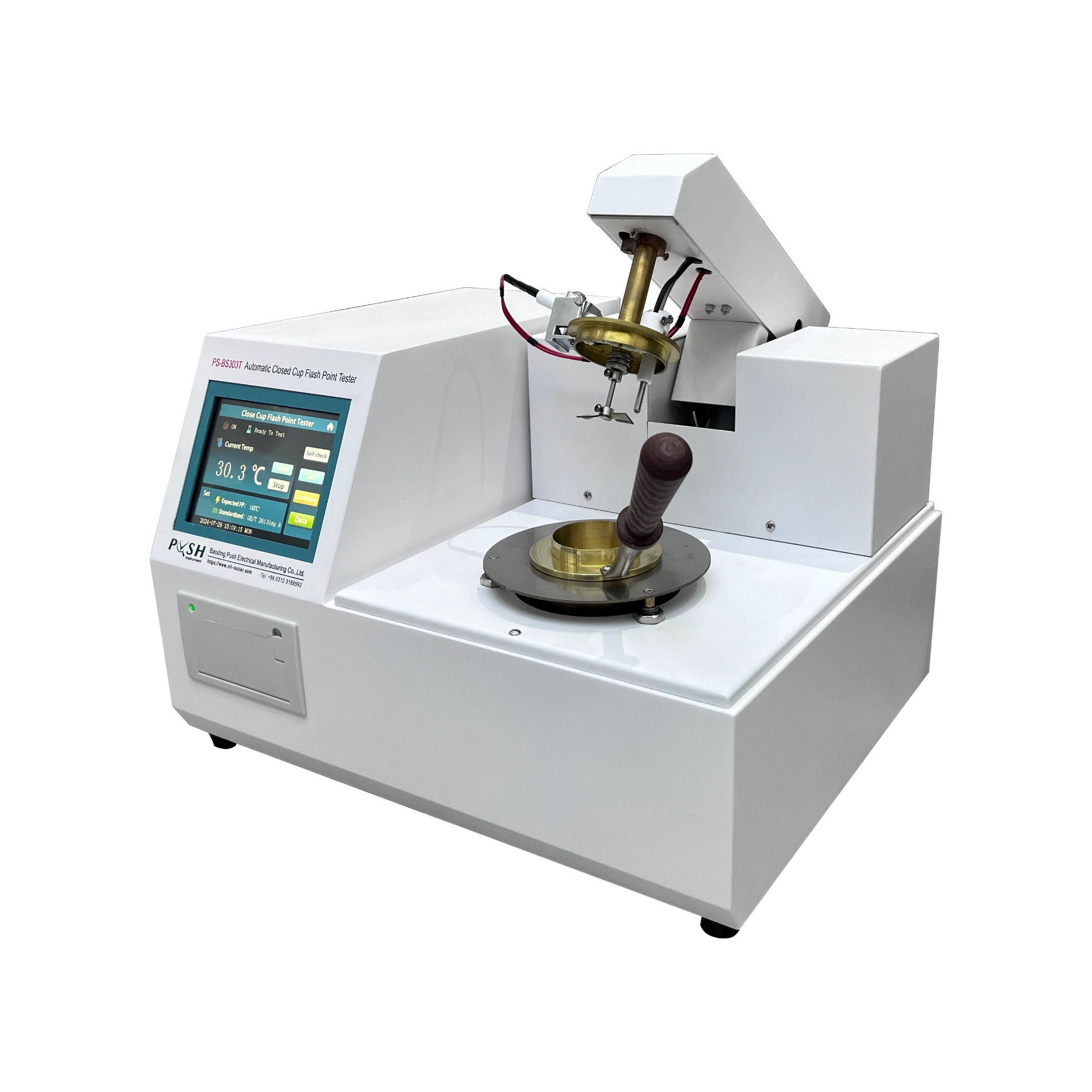 English
English



-
 Afrikaans
Afrikaans -
 Albanian
Albanian -
 Amharic
Amharic -
 Arabic
Arabic -
 Armenian
Armenian -
 Azerbaijani
Azerbaijani -
 Basque
Basque -
 Belarusian
Belarusian -
 Bengali
Bengali -
 Bosnian
Bosnian -
 Bulgarian
Bulgarian -
 Catalan
Catalan -
 Cebuano
Cebuano -
 China
China -
 China (Taiwan)
China (Taiwan) -
 Corsican
Corsican -
 Croatian
Croatian -
 Czech
Czech -
 Danish
Danish -
 Dutch
Dutch -
 English
English -
 Esperanto
Esperanto -
 Estonian
Estonian -
 Finnish
Finnish -
 French
French -
 Frisian
Frisian -
 Galician
Galician -
 Georgian
Georgian -
 German
German -
 Greek
Greek -
 Gujarati
Gujarati -
 Haitian Creole
Haitian Creole -
 hausa
hausa -
 hawaiian
hawaiian -
 Hebrew
Hebrew -
 Hindi
Hindi -
 Miao
Miao -
 Hungarian
Hungarian -
 Icelandic
Icelandic -
 igbo
igbo -
 Indonesian
Indonesian -
 irish
irish -
 Italian
Italian -
 Japanese
Japanese -
 Javanese
Javanese -
 Kannada
Kannada -
 kazakh
kazakh -
 Khmer
Khmer -
 Rwandese
Rwandese -
 Korean
Korean -
 Kurdish
Kurdish -
 Kyrgyz
Kyrgyz -
 Lao
Lao -
 Latin
Latin -
 Latvian
Latvian -
 Lithuanian
Lithuanian -
 Luxembourgish
Luxembourgish -
 Macedonian
Macedonian -
 Malgashi
Malgashi -
 Malay
Malay -
 Malayalam
Malayalam -
 Maltese
Maltese -
 Maori
Maori -
 Marathi
Marathi -
 Mongolian
Mongolian -
 Myanmar
Myanmar -
 Nepali
Nepali -
 Norwegian
Norwegian -
 Norwegian
Norwegian -
 Occitan
Occitan -
 Pashto
Pashto -
 Persian
Persian -
 Polish
Polish -
 Portuguese
Portuguese -
 Punjabi
Punjabi -
 Romanian
Romanian -
 Russian
Russian -
 Samoan
Samoan -
 Scottish Gaelic
Scottish Gaelic -
 Serbian
Serbian -
 Sesotho
Sesotho -
 Shona
Shona -
 Sindhi
Sindhi -
 Sinhala
Sinhala -
 Slovak
Slovak -
 Slovenian
Slovenian -
 Somali
Somali -
 Spanish
Spanish -
 Sundanese
Sundanese -
 Swahili
Swahili -
 Swedish
Swedish -
 Tagalog
Tagalog -
 Tajik
Tajik -
 Tamil
Tamil -
 Tatar
Tatar -
 Telugu
Telugu -
 Thai
Thai -
 Turkish
Turkish -
 Turkmen
Turkmen -
 Ukrainian
Ukrainian -
 Urdu
Urdu -
 Uighur
Uighur -
 Uzbek
Uzbek -
 Vietnamese
Vietnamese -
 Welsh
Welsh -
 Bantu
Bantu -
 Yiddish
Yiddish -
 Yoruba
Yoruba -
 Zulu
Zulu
Understanding Chromatogram Analysis in Gas Chromatography Techniques for Improved Separation Efficiency
Understanding Chromatograms in Gas Chromatography
Gas chromatography (GC) is an essential technique widely used in laboratories for the separation and analysis of volatile compounds in complex mixtures. It is particularly valuable in fields such as environmental testing, pharmaceuticals, and food safety. A fundamental aspect of gas chromatography is the chromatogram, a graphical representation that provides crucial information about the components of a sample based on their interaction with the column and the detector.
The Basics of Gas Chromatography
In gas chromatography, a sample is vaporized and carried through a column by an inert gas, known as the mobile phase. The column itself contains a stationary phase that interacts differently with various compounds in the sample. As the sample travels through the column, components separate based on their partitioning behavior between the stationary phase and the mobile phase. This separation leads to the formation of distinct peaks in the chromatogram, where each peak corresponds to a different component in the sample.
What is a Chromatogram?
A chromatogram is a plot of detector response (usually on the y-axis) against time (on the x-axis). The x-axis represents the time taken for different components to elute from the column after being introduced, known as retention time. Each peak on the chromatogram indicates a specific component of the sample, allowing analysts to identify and quantify the substances present.
Interpretation of Chromatograms
Reading and interpreting a chromatogram requires an understanding of several key features
1. Retention Time This is the time taken for a specific compound to travel through the column and reach the detector. Each compound exhibits a characteristic retention time under a given set of conditions, making this parameter useful for identification.
chromatogram in gas chromatography

2. Peak Area The area under each peak is proportional to the amount of the corresponding compound in the sample. By comparing the peak areas to those of known standards, analysts can quantify the concentration of the compounds in the mixture.
3. Resolution This refers to the ability of the chromatographic system to separate two closely eluting peaks. High resolution is necessary to accurately identify and quantify compounds, particularly in complex mixtures.
4. Baseline The baseline of the chromatogram is the horizontal line that represents the signal of the mobile phase when no analytes are detected. A stable baseline is critical for obtaining accurate measurements.
5. Noise This refers to minor fluctuations in the baseline signal, which can complicate the interpretation of small peaks. Reducing noise is important for enhancing the precision of quantitative analyses.
Common Applications of Gas Chromatography
Gas chromatography is an invaluable tool in many areas of science and industry. In environmental testing, it is used to analyze air samples for pollutants such as volatile organic compounds (VOCs). In the pharmaceutical industry, GC is essential for quality control, ensuring that products meet required purity standards. Additionally, food safety laboratories employ gas chromatography to detect contaminants and analyze flavor compounds.
Conclusion
Chromatograms serve as an essential tool in gas chromatography, providing a visual representation of the separated components from a sample. By understanding the intricacies of a chromatogram—such as retention times, peak areas, and baseline stability—scientists can derive meaningful information about the composition of chemical mixtures. As technology advances, chromatography techniques continue to evolve, improving sensitivity, resolution, and speed. Consequently, the role of chromatograms in gas chromatography remains vital, facilitating discoveries and ensuring safety in various applications across industries.
-
Testing Equipment Industry Sees Major Advancements in 2025: Smart & Precision Technologies Lead the WayNewsJun.06,2025
-
Applications of Direct Current Generators in Renewable Energy SystemsNewsJun.05,2025
-
Hipot Tester Calibration and Accuracy GuidelinesNewsJun.05,2025
-
Digital Circuit Breaker Analyzer Features and BenefitsNewsJun.05,2025
-
Benefits of Real-Time Power Quality Monitoring Devices for Industrial EfficiencyNewsJun.05,2025
-
Earth Fault Loop Testing in High-Rise Building Electrical SystemsNewsJun.05,2025



